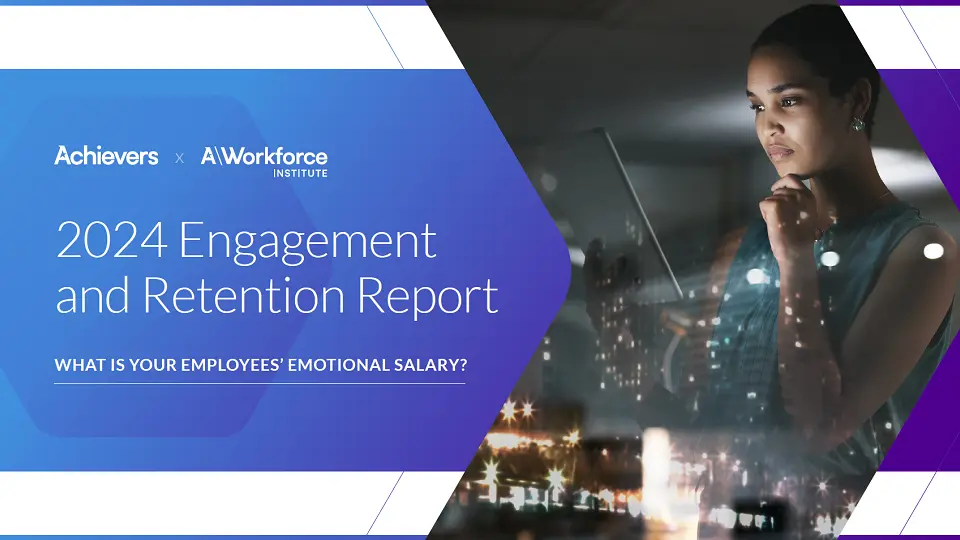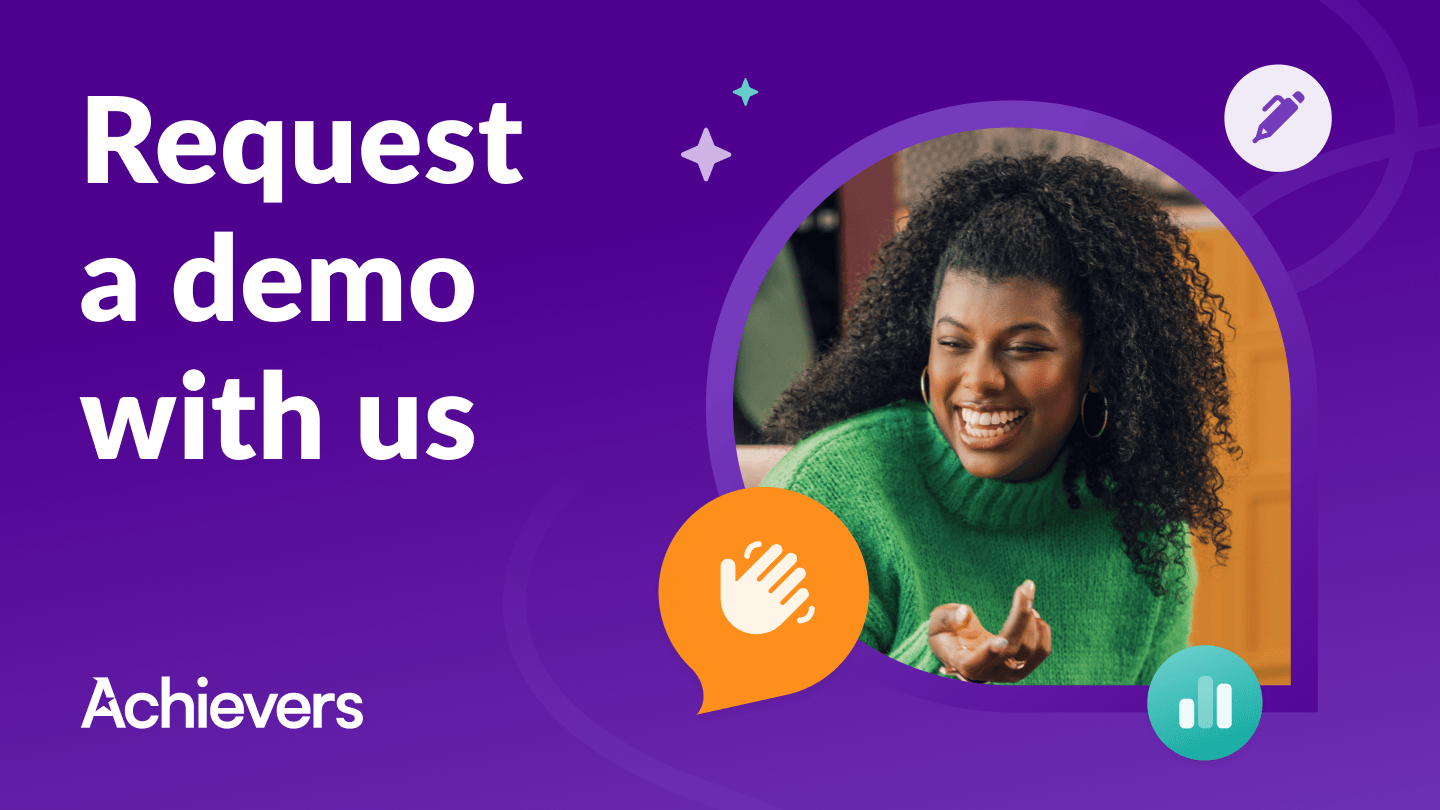Table of contents
For HR professionals and new hires alike, onboarding can sometimes feel like a box an organization needs to check off before moving on to more important tasks. But companies that prioritize sustainable growth know that an effective employee onboarding process can accelerate employee productivity while fostering long-term retention.
Let’s take a deep dive into everything you need to know about creating a stellar onboarding process that supports a high-performing workforce. Here’s an overview of what you’ll learn:
- Benefits of an employee onboarding process
- Six steps of an effective employee onboarding process
- How long is the employee onboarding process
- Tips for employee onboarding
What is onboarding?
Onboarding is the process a company uses to equip new hires with the knowledge and resources they need as they transition from candidates to fully-functioning employees. It typically involves clarifying their role, introducing them to the company culture, demoing how to use particular tools and software, and walking through relevant company policies. Onboarding isn’t just important for new employees, either: internal hires or team members rejoining the company after a period away also need the support a great onboarding process provides.
Of all the stages of the employee life cycle, onboarding is one of the most crucial to get right due to its ability to reduce early turnover and save your company the cost of rehiring and training replacements. It can also speed up a new hire’s ramp-up period, ensuring they quickly become proficient contributors and boost your company’s growth. A strong, reliable, yet flexible onboarding process can set your workforce up for continuous success — even when the organization faces periods of rapid growth or uncertainty.
How long is the employee onboarding process?
There’s no set or perfect length for the onboarding process. It can range anywhere from one month, to 90 days, to a full year, depending on your organization’s needs, its industry, and the specific role being filled. The guiding principle is that onboarding should continue as long as necessary to ensure employees feel completely secure in their ability to perform their new duties. But while formal onboarding will end after a predetermined period of time, many aspects of onboarding should continue indefinitely in one form or another, like ongoing talent development and regularly soliciting input from team members.
Benefits of an employee onboarding process
While developing an effective onboarding process can feel daunting, it’s a mission well worth the investment. Here are just a few of the benefits of a strong employee onboarding process.
Improved recruitment and retention
A robust onboarding process arms employees with everything they need to succeed. When workers feel supported by their employer with the right information and training from the jump, they develop a deeper level of commitment to their roles and the organization as a whole. Committed employees are nine times less likely to leave, and news of their satisfaction with the onboarding process is likely to make its way to highly talented candidates, too — which can boost your employer brand and ease the burden of recruitment.
Getting more out of technology
Getting buy-in and implementing various technologies within your organization can be a challenge, especially if your workforce isn’t already familiar with key tools and lack training on how to use them effectively. With efficient onboarding, your teams can ensure each employee takes full advantage of the features and functionalities your tech stack offers, boosting ROI from your company’s technological assets.
Reduced friction during transitions
Companies and industries are ever-changing, and organizational success relies on keeping employees productive during these changes. Proper onboarding includes detailed documentation and an introduction to knowledge-sharing practices, helping ensure that parental or medical leave, mergers and acquisitions, sudden departures, and periods of high-speed growth won’t derail your workers’ ability to thrive.
Enhanced employee engagement and performance
Boosting engagement should be a strategic priority for every business, as highly engaged organizations are 23% more profitable than their counterparts. An outstanding onboarding process engages employees from the get-go and keeps them engaged throughout every phase of the employee life cycle. And that engagement pays off in improved employee performance, too: strong onboarding can increase an employee’s effort by more than 20% and boost performance by up to 15%.
Better company culture
Improving your company culture has a trickle-down effect, impacting everything from recruitment, to retention, to brand identity. It all starts with the onboarding process, where new hires can glean the importance of commitment, flexibility, and teamwork while obtaining the tools they need to help cultivate a culture that embodies those values.
Stronger employee connections
A successful onboarding program draws from the strength and expertise of experienced employees to help new hires flourish. Coaching from peers and managers during onboarding helps fresh team members build new bonds and learn from others’ wins and missteps. This guidance and support continues far beyond the initial days of onboarding, setting the stage for workers that feel more connected to one another and your organization itself.
Trust between your organization and its employees
A vital part of a great onboarding program is consistently collecting feedback to better understand what’s working, what’s not, and how to close the gap. By using pulse surveys and other modern feedback tools throughout the process — preferably powered by an easy-to-use employee engagement solution — your organization can demonstrate its willingness to listen to employee insights and take significant action to build trust in leadership.
As with many things in life, onboarding is an illustration of the age-old adage “you get what you give.” Realizing the advantages onboarding offers requires a clear strategy and the resources necessary to implement it.
Six steps of an effective employee onboarding process
Let’s take a look at six steps you can follow to build a great onboarding process at your company.
1. Preboarding
During preboarding, candidates officially sign on as employees and complete several administrative and preliminary tasks required before day one on the job. Preboarding typically involves accepting your organization’s offer, receiving a welcome packet and other key information, and reviewing and completing paperwork. Workspace preparation is an especially important part of preboarding in today’s new normal, with remote, hybrid, and fully in-person roles all requiring different approaches to creating a place where employees can get the job done well.
2. Orientation
Before a hire can jump into their new role, they need a firm understanding of broader company objectives, team dynamics, office logistics, and more. On day one, they should receive an introduction to the organization’s mission, values, and structure, with plenty of time to ask any questions they have about their position or the business.
They should also meet their immediate team and gain insight into which colleagues they’ll work closely with, who they’ll report to, and how their team fits into the larger organizational structure. If they plan to work in person, they might also get an office tour and IT setup, while remote employees can attend virtual meetings to ensure they have the tech know-how they need to hit the ground running.
3. Role-specific and compliance training
Once they’ve been set up with the basics, it’s time for new employees to dive into role-specific training. While this is often conducted with a manager or supervisor, it can also be helpful to assign new hires a mentor or buddy with whom they can complete their training. This allows them to gain a deeper understanding of how tasks should be handled from the perspective of a more experienced employee. It also fosters stronger connections between new colleagues, which can boost trust and collaboration down the line.
New employees should also receive any relevant compliance training to ensure they have a thorough knowledge of laws, regulations, and policies that impact both the company and their specific role. Comprehensive compliance training helps maintain worker safety and protects the business from potential legal risks, so don’t neglect to include it as part of the onboarding process.
4. Cultural integration
Perhaps less formal — but equally important — is the cultural integration that new hires should undergo throughout onboarding. As 88% of employees say workplace culture is important to the success of a business, organizations should incorporate their values into the daily lives of their workforce from the very start. Education on the company’s mission and values, regular one-on-one check-ins, and social events can all help new hires get acclimated to your organizational culture. By gradually introducing them to new responsibilities in the first several weeks and initiating regular progress meetings, managers can help new team members avoid feeling overwhelmed or frustrated while instilling a culture of support and belonging.
Fun team events, coffee chats, virtual get-togethers, and introductory games can also promote a unified culture and allow colleagues to build connections based on more than just their profession. Remember: it’s just as important for your more seasoned employees to feel connected to their new co-workers, so encourage their participation in this integral part of the onboarding process as much as possible.
5. Performance check-ins
If you’re not measuring the impact of your onboarding process, you might be wasting the time and energy of your managers and new hires alike. After all, there’s a lot that goes into onboarding, and tracking meaningful key performance indicators (KPIs) is the best — and only — way to truly ensure that the benefits outweigh the effort involved.
Formal and informal check-ins during the first 90 days of employment and in-depth discussions around new hires’ career aspirations are both great places to start. Managers and mentors should ask specific questions to evaluate new employees’ progress and determine where they may need more support or guidance. They should also offer plenty of opportunities for honest feedback to better understand how the process can be tweaked for better outcomes.
6. Ongoing employee engagement
When it comes to onboarding, the buck shouldn’t stop once employees are no longer considered “new hires.” Instead, a flexible, informal onboarding process should always be ongoing to meet the needs of workers at every point of their employment journey. To continuously engage your workforce, make sure your onboarding process enables employees to set and achieve long-term goals, along with providing frequent access to learning and development opportunities. And empower both managers and peers to show appreciation to new hires as they progress in their new roles through an employee recognition and rewards platform.
Tips for employee onboarding
Your organization’s onboarding process should reflect your business’s specific objectives and constraints, and there really is no one-size-fits-all approach. However, there are some tried-and-true tips that can help you develop an excellent process that packs a punch. Whether you’re looking to build an onboarding process from scratch or want to make significant adjustments to an existing, lackluster program, taking a mindful approach — bolstered by the best practices below — can help you get the most out of your investment:
- Pay special attention to recruitment. Set your teams up for success before that first day on the job by fine-tuning your recruitment process. Brush up your job descriptions, share key tidbits about your company culture, and prioritize diversity and inclusion during recruitment to ensure the onboarding process will start on the right foot — and avoid new hires who jump ship before their first 90 days are up.
- Formalize the process. While some aspects of your business can be improvised, onboarding isn’t one of them. Make sure the majority of your process is structured, well-documented, and repeatable.
- Stay flexible. Your onboarding process shouldn’t be set in stone, as evolving factors within your business and industry require adaptability. Regularly re-evaluate the actual outcomes of onboarding versus your intended objectives and tweak the process as needed.
- Incorporate coaching. Peer coaching and mentorship experiences can make a huge difference to new employees who want to connect with their colleagues and learn from their previous experiences. Set up a formal coaching program throughout the onboarding process to encourage positive relationships.
- Include leadership. New hires want to personally hear from leadership, and onboarding is a great time to make that happen. A brief meet-and-greet, whether virtual or in-person, is an awesome way to show new employees just how much they’re valued by the executive team.
- Evaluate progress with reliable data. Coupled with the right KPIs, an employee experience management platform can arm your teams with actionable data that gives managers a bird’s eye view into how the onboarding process impacts its workforce when it comes to employee efficiency, progress, motivation, and more.
- Say goodbye to outdated tools. If you’re still using antiquated, manual tools to support your onboarding process, it may be time for an upgrade. Disjointed platforms for feedback, communication, training, recognition and rewards, and more create friction that burdens employees and makes onboarding even more challenging.
- Make it seamless. Your tech stack is probably chock-full of helpful tools that make employees’ lives easier. But if they’re not able to integrate with one another, daily operations can seem like a pain to already-overwhelmed new hires. Make sure the tools you use for onboarding and other key HR functions, like recognition, can be integrated with each other and the apps your team members use every day. This leads to an improved employee experience and robust people analytics capabilities.
Better onboarding outcomes with Achievers
A strong onboarding process is an invaluable part of developing high-performing employees who are committed to and engaged by your organization. But getting it right can feel impossible without purposefully-built solutions that improve every part of the employee experience.
The Achievers Employee Experience Platform (AEXP) facilitates a better onboarding process with tools to help managers recognize employees’ wins, provide tangible rewards for their efforts, and collect meaningful, real-time feedback — all while integrating seamlessly with your existing tech stack. The result is a more engaged, productive workforce that’s ready to roll from the very first day on the job.
Learn more about how Achievers can help transform your onboarding process and employee experience writ large by booking a free demo today.



